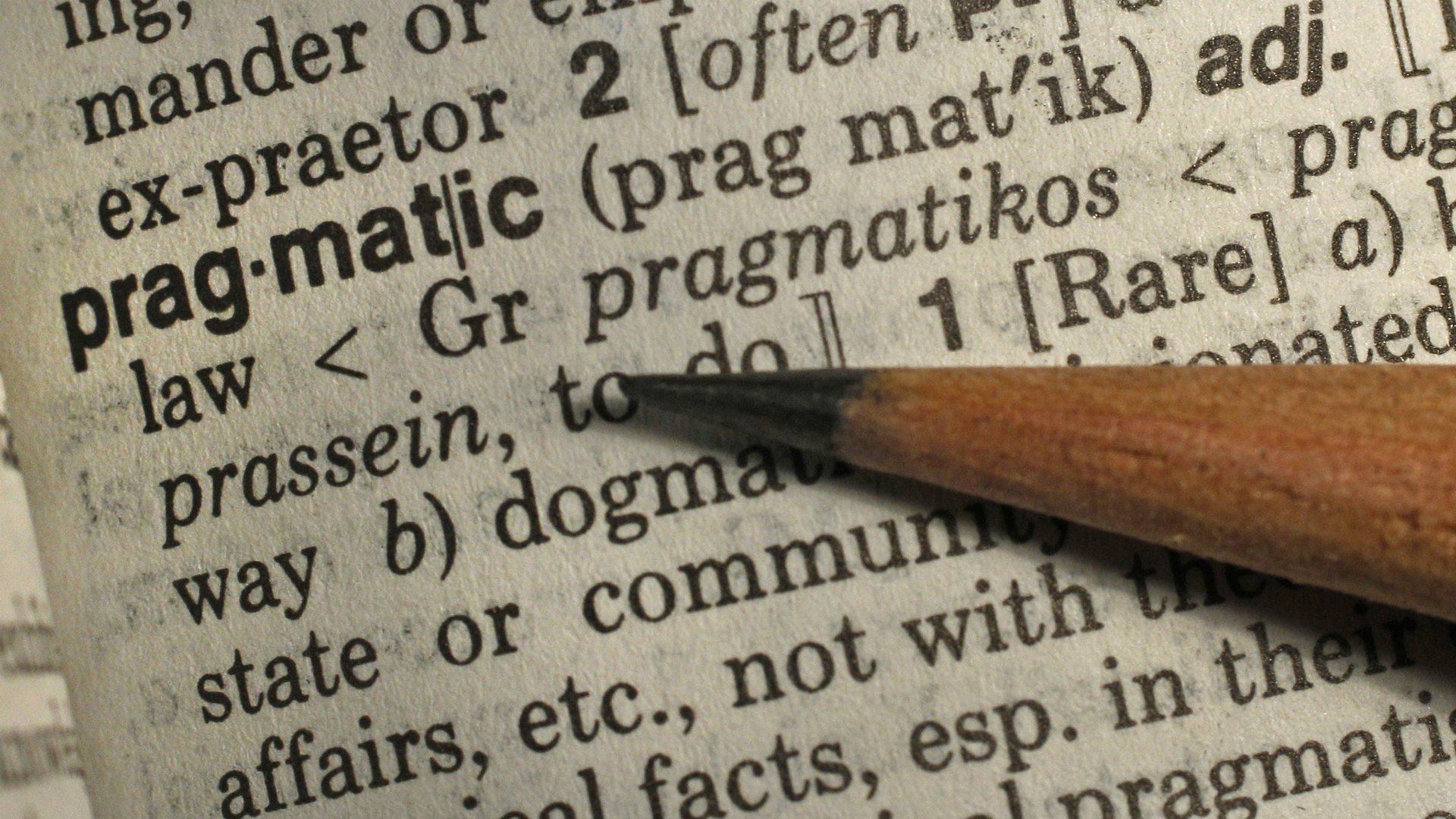This is what the new SAT will be like
No more SAT words or long essays: The new SAT is here, and it looks pretty different. Almost a year after first announcing the SAT would face a major redesign, College Board president David Coleman released new information on Mar. 5 on how the exam is going to change.


No more SAT words or long essays: The new SAT is here, and it looks pretty different. Almost a year after first announcing the SAT would face a major redesign, College Board president David Coleman released new information on Mar. 5 on how the exam is going to change.
The College Board says it is emphasizing “delivering opportunity” to all students and making the SAT more reflective of high school academics. “It is time to admit that the SAT and ACT have become disconnected from the work of our high schools,” Coleman said in a press conference. He also said he hoped the changes would remove the “sense of mystery and dismantle the advantages that people perceive in using costly test preparation.”
Here are some of the key changes, which will go into effect in 2016:
The test will be scored differently
The exam will return to the 1600-point scale that was used before 2005, and test takers will no longer lose points for a wrong answer. In the past, each wrong answer received a quarter point deduction, while an unanswered question resulted in no deductions. This method led SAT tutors to encourage students unsure of a question to guess only if they could eliminate one of the five answer choices. The new model will encourage students to answer every question on the test to maximize their potential score.
End of SAT words
The era of “SAT words” is over: The exam will now focus on words that “are widely used in college and career.” The press release uses “synthesis” and “empirical” as examples and explains, “‘SAT words’ will no longer be vocabulary students may not have heard before and are likely not to hear again. Instead, the SAT will focus on words that students will use consistently in college and beyond.”
The essay is now optional
The essay section, which was once a required and controversial part of the writing section, is no longer required, and will be scored separately from the rest of the exam. (The Atlantic criticized the essay section last fall.) The release gives two reasons for this change: one, the essay has not historically been predictive of college readiness and success, and two, College Board member admission officers couldn’t agree on whether the essay was useful.
The optional essay will ask students to analyze evidence. It will be graded based on the “strength of the analysis as well as the coherence of the writing.” The previous version of the essay asked students to answer a prompt using their own background and experiences, and evaluators did not verify the accuracy of their argument or examples. The previous essay had to be completed in 25 minutes; students will now have 50 minutes to write the essay.
The reading passages will be more predictable
Source documents on the SAT used to be a perennial surprise for students: Reading passages could come from any source and be about any topic. Now, each exam will include a passage drawn from what the College Board is calling a “Founding Document” or a “Great Global Conversation.” They use the Declaration of Independence and Martin Luther King, Jr.’s “I Have a Dream” speech as examples. The other documents used on the exam will also now be from a wider range of academic disciplines; in particular, historical and scientific material was not required to appear on the old SAT. Now students will read source texts from science, history, and social studies and be asked to “analyze them the way they would in those classes.” Data will also appear more on the new SAT: Students will encounter questions about text and data, including questions about “identifying and correcting inconsistencies between the two.”
Other changes include:
- The SAT will be offered in both print and digital formats.
- The College Board is partnering with Khan Academy to provide free, online test preparation for the new SAT.
- Calculators will only be permitted on certain portions of the math section. The math section will focus on fewer topics.
- Income-eligible students will receive fee waivers for their applications to four schools.
The changes to the exam might make studying easier and less dependent on the tricks of expensive tutors. The elimination of the quarter-point deduction means test takers can ditch some of their predecessors’ strategies, and with more predictable reading passages, fewer math topics, an optional essay section, and less obscure SAT words, students will simply have less material to study.